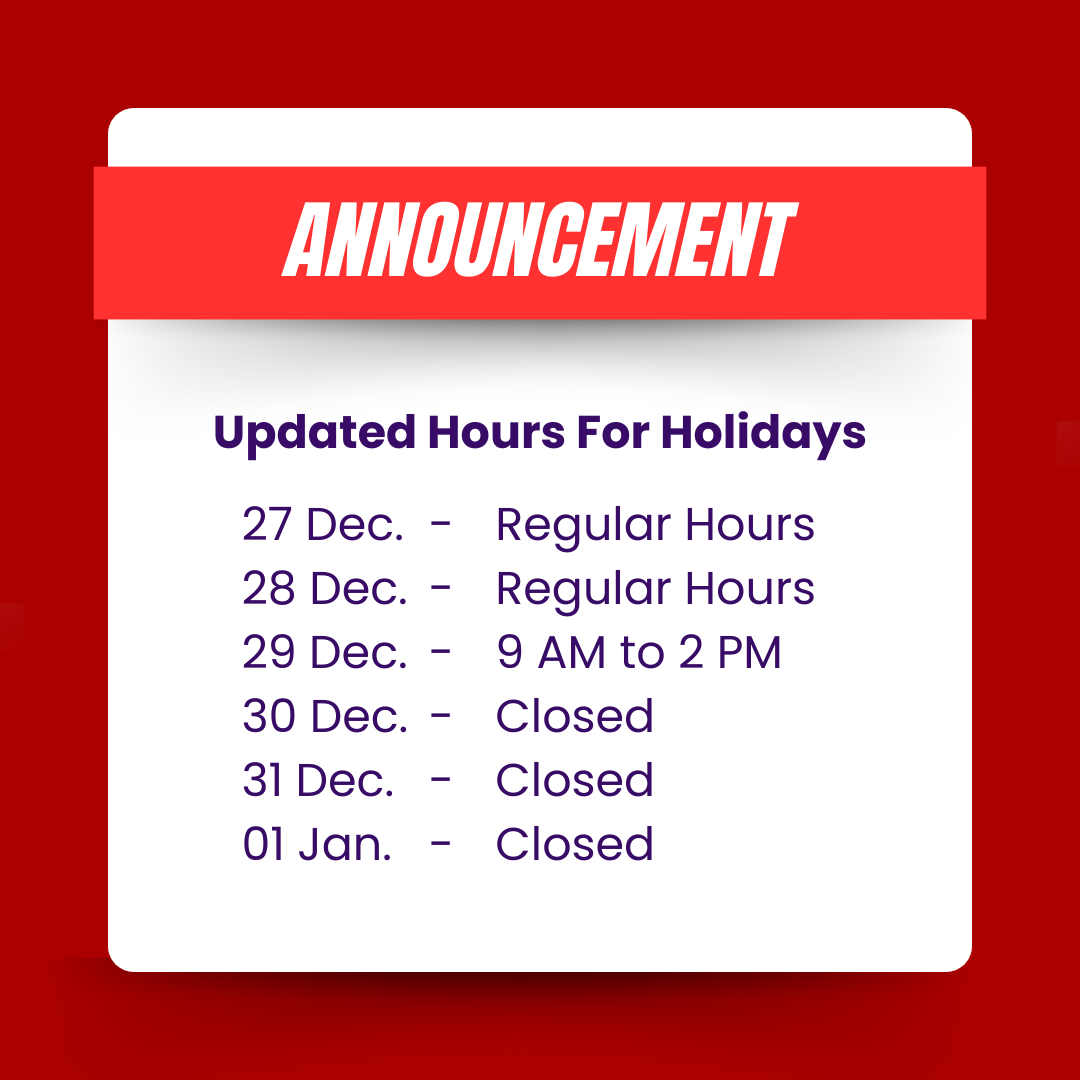In an era marked by unpredictable weather and an increase in natural disasters such as floods, hurricanes, wildfires, and earthquakes, safeguarding your home is more critical than ever. One of the most effective ways to ensure peace of mind and financial security is through adequate home insurance. However, not all policies are created equal, and many homeowners are often underinsured without realizing it. This article delves into How to Ensure Your Home Is Adequately Insured Against Natural Disasters, covering everything from understanding policy inclusions to calculating coverage and finding the right provider. While many options exist, Aaxel Insurance stands out as a reliable choice to explore tailored solutions and expert advice, helping you create the right insurance plan to weather any storm.
Understanding Home Insurance for Natural Disasters
Home insurance policies often cover a wide range of incidents, but when it comes to natural disasters, specific coverage can be limited or even excluded. Common policies might cover wind or hail damage, but flood or earthquake coverage may be separate. To properly understand How to Ensure Your Home Is Adequately Insured Against Natural Disasters, homeowners need to look closely at what standard policies cover and determine if additional endorsements or riders are necessary.
Key Coverage Types to Look For:
- Fire and Wildfire: Ensure that your policy includes wildfire protection, especially if you live in a high-risk area.
- Flood: Often not included in standard policies, flood insurance is essential for homeowners in flood-prone regions.
- Earthquake: Earthquake coverage may need to be added to protect against structural damages from seismic activity.
- Windstorm and Hurricane: Some policies exclude wind damage in high-risk areas, making additional coverage critical.
Assessing Your Home’s Vulnerability to Disasters
Every home has unique vulnerabilities depending on location, structure, and local climate. To ensure adequate protection, assess the natural disaster risks associated with your area. This assessment can help you identify the type of coverage most critical to your property.
Factors That Influence Coverage Needs:
- Location: Proximity to flood zones, fault lines, or wildfire-prone areas impacts coverage requirements.
- Building Materials: Some materials may be more vulnerable to disasters; for example, wooden structures in wildfire zones.
- Elevation and Drainage: Homes in lower elevations may require more comprehensive flood insurance.
How Much Coverage is Sufficient?
Calculating the right amount of insurance coverage involves assessing the replacement cost of your home, which includes rebuilding expenses, labor, materials, and any additional features. The replacement value should reflect the cost to rebuild your home to its original state, not the market value of your property. Tools and resources provided by reliable insurers like Aaxel Insurance can help in making these calculations accurately.
Sample Table for Coverage Calculations
| Category | Cost Estimate | Coverage Type | Recommended Percentage |
|---|---|---|---|
| Structure Rebuilding | $300,000 | Dwelling Coverage | 100% |
| Detached Structures | $15,000 | Other Structures | 10-15% |
| Personal Belongings | $150,000 | Personal Property | 50% |
| Temporary Living Costs | $30,000 | Additional Living Expenses | 20% |
Examining Policy Limitations and Deductibles
Many homeowners may assume their policy will cover any disaster-related damages, but there can be limitations and high deductibles for certain events. Deductibles can significantly impact your out-of-pocket expenses, particularly if a natural disaster affects a large area. Policies sometimes come with deductibles based on a percentage of the property’s value, so understanding these costs can help you avoid surprises.
Choosing the Right Insurance Provider
To adequately protect your home, working with an insurance provider that specializes in comprehensive natural disaster coverage is essential. Aaxel Insurance offers unique services that guide homeowners through finding policies with optimal protection levels. A provider with a strong reputation, industry experience, and responsive customer service makes a significant difference, especially in times of disaster.
Tips for Selecting an Insurance Provider:
- Reputation: Look for providers with strong reviews and specialized experience.
- Customer Service: Choose companies with responsive, 24/7 customer support.
- Claim Process: Ensure a straightforward and transparent claim process.
- Discount Opportunities: Look for discounts for bundling policies or adding disaster-resistant upgrades.
Exploring Additional Protection Options and Endorsements
For maximum protection, homeowners can add endorsements or opt for extended replacement cost coverage. Endorsements are additional clauses that extend your policy’s protection, covering areas often overlooked in basic plans. In disaster-prone zones, adding an endorsement might cover additional living expenses during home repairs or replacement of high-value items.
Practical Tips to Reduce Insurance Costs Without Compromising Coverage
While robust insurance is crucial, homeowners can still manage premiums by implementing disaster-prevention measures. Many insurers provide discounts for homes equipped with safety measures like storm shutters, fire-resistant materials, and modernized drainage systems.
Common Home Safety Upgrades:
- Reinforce Roof Structures: Helps withstand high winds and storms.
- Install Storm Shutters: Protects windows from debris during hurricanes.
- Elevate Electrical Systems: Reduces flood damage risks.
- Upgrade Siding and Exterior Materials: Fire-resistant siding minimizes wildfire damage.
Conclusion: Prepare Today to Secure Your Tomorrow
Ensuring your home is fully protected against natural disasters requires a proactive approach, careful research, and a partnership with a reputable insurance provider like Aaxel Insurance. By understanding your area’s specific risks, choosing comprehensive coverage, and making safety upgrades, you can build a safety net that stands resilient against nature’s worst. Take time to assess your current policy, ask questions, and make informed decisions—How to Ensure Your Home Is Adequately Insured Against Natural Disasters isn’t just about insurance; it’s about the peace of mind that comes from being prepared.







